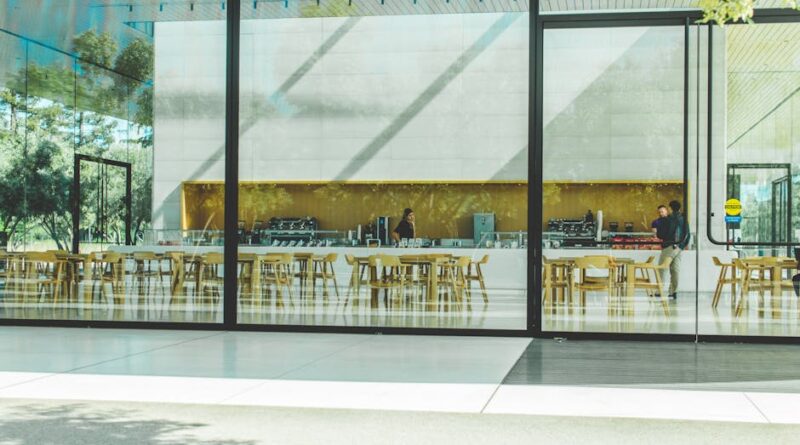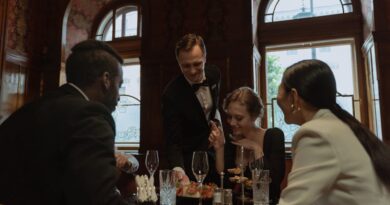Maximizing Restaurant Appeal: The Art and Science of Restaurant Design
When it comes to dining out, the experience goes beyond just the food on your plate. The ambiance, decor, and overall design of a restaurant play a crucial role in attracting and retaining customers. From cozy cafes to upscale fine dining establishments, every restaurant has a unique design that sets the tone for the dining experience. In this article, we will dive deep into the world of restaurant design and explore how to create a space that maximizes appeal to customers.
The Psychology of Restaurant Design
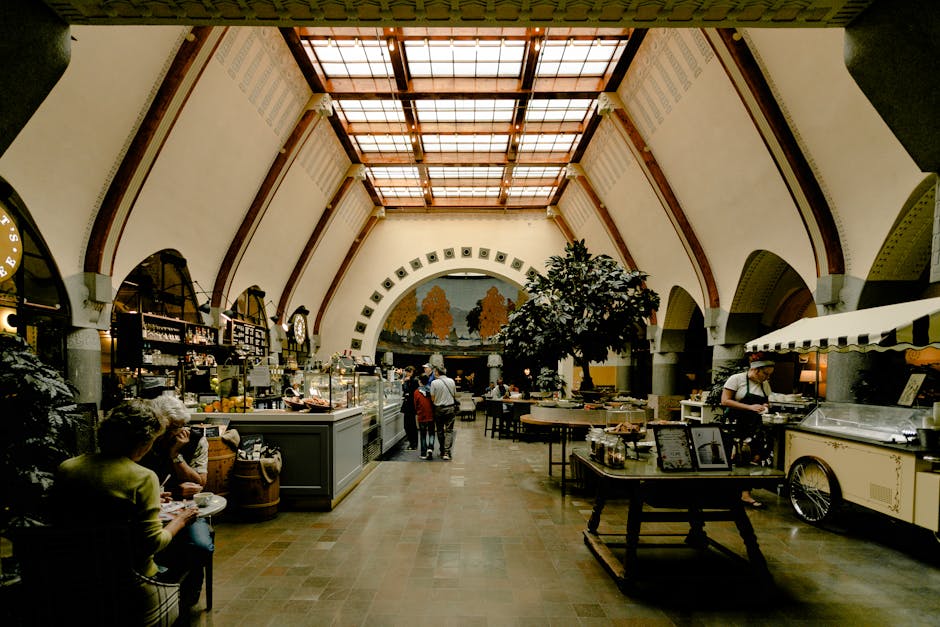
Restaurant design is not just about aesthetics; it is also about psychology. The layout, lighting, colors, and even the choice of furniture can have a profound impact on how customers perceive a restaurant. For example, warm colors like red and orange are known to stimulate appetite, while soft lighting can create a cozy and intimate atmosphere. By understanding the psychological principles behind restaurant design, restaurateurs can create a space that not only looks good but also feels good to customers.
Creating an Inviting Entrance
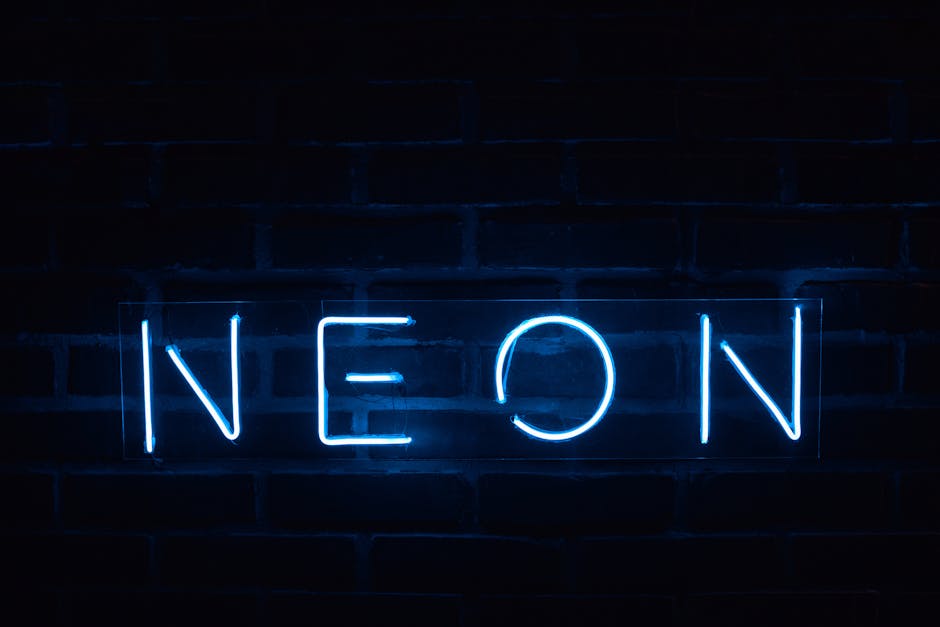
The entrance of a restaurant is the first impression that customers get, and it sets the tone for the rest of their dining experience. A welcoming entrance with attractive signage, well-maintained landscaping, and a clean facade can entice passersby to step inside. Additionally, the layout of the entrance should be intuitive and easy to navigate, ensuring a smooth flow of traffic in and out of the restaurant.
The Importance of Layout and Seating
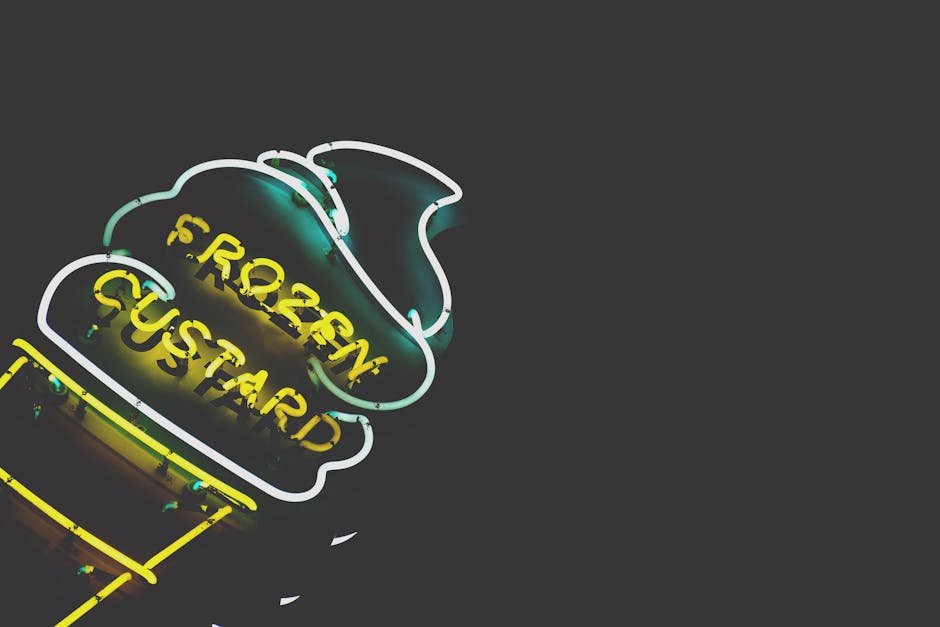
The layout of a restaurant plays a crucial role in determining the overall dining experience. Whether it’s an open floor plan or a more intimate setting with private booths, the layout should be designed to maximize both comfort and efficiency. Seating arrangements should take into account factors like group size, customer preferences, and traffic flow. By carefully planning the layout and seating, restaurateurs can create a space that is both inviting and functional.
Choosing the Right Lighting
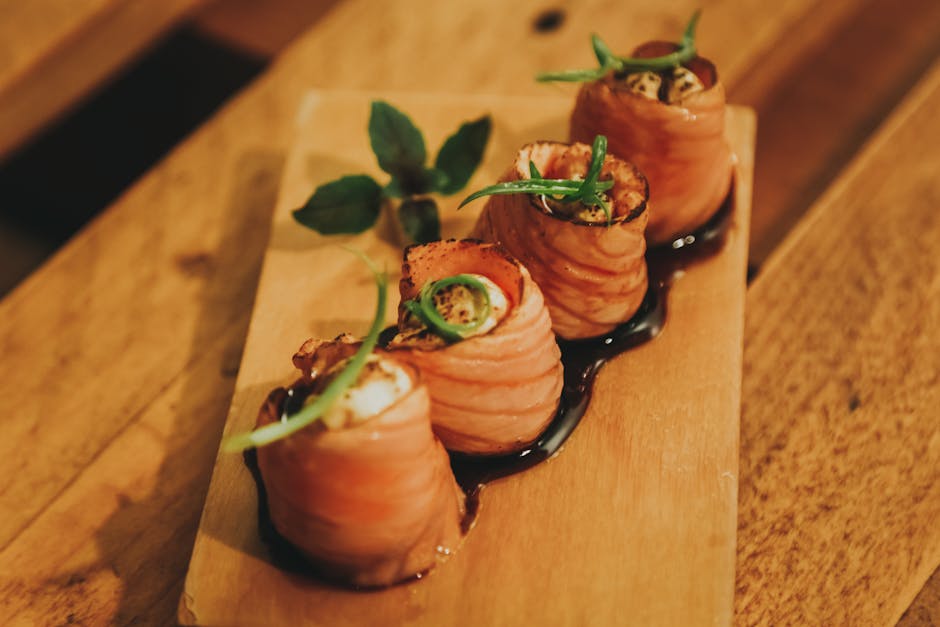
Lighting is a key element of restaurant design that can greatly impact the mood and ambiance of a space. Natural light can create a bright and airy atmosphere, while dim lighting can add a sense of intimacy and romance. The type of lighting fixtures, their placement, and the intensity of light all play a role in shaping the overall dining experience. By carefully choosing the right lighting, restaurateurs can enhance the visual appeal of their restaurant and create the desired atmosphere.
Designing a Memorable Dining Experience
Creating a memorable dining experience is not just about the food; it is also about the overall ambiance and design of the restaurant. From the decor and music to the service and presentation, every aspect of the dining experience should be carefully curated to leave a lasting impression on customers. By paying attention to the details and creating a cohesive design that reflects the restaurant’s brand and identity, restaurateurs can ensure that customers keep coming back for more.
Embracing Technology in Restaurant Design
In today’s digital age, technology plays an increasingly important role in restaurant design. From online reservations and digital menus to interactive displays and mobile payment options, technology can enhance the dining experience and streamline operations. By embracing technology in restaurant design, restaurateurs can cater to the needs and preferences of modern-day customers and stay ahead of the competition.
Green and Sustainable Restaurant Design
With growing awareness of environmental issues, green and sustainable restaurant design has become a popular trend in the industry. From using eco-friendly materials and energy-efficient appliances to implementing recycling programs and reducing food waste, there are many ways to make a restaurant more sustainable. By adopting green practices in restaurant design, restaurateurs can not only reduce their environmental impact but also appeal to eco-conscious customers.
Common Misconceptions about Restaurant Design
One common misconception about restaurant design is that it is purely a matter of aesthetics. While aesthetics are important, restaurant design is also about functionality, efficiency, and customer experience. Another misconception is that restaurant design is a one-time investment. In reality, restaurant design is an ongoing process that requires regular maintenance and updates to keep up with changing trends and customer preferences.
Conclusion: Designing for Success
Designing a restaurant for maximum appeal is a complex and multifaceted process that requires careful planning and attention to detail. By understanding the psychology of design, creating an inviting entrance, planning the layout and seating, choosing the right lighting, and embracing technology and sustainability, restaurateurs can create a space that not only looks good but also feels good to customers. Ultimately, a well-designed restaurant can enhance the overall dining experience and set the stage for success in the highly competitive restaurant industry.
To wrap things up, restaurant design is an art and a science that combines aesthetics, psychology, and functionality to create a space that appeals to customers on multiple levels. By investing in thoughtful and strategic design, restaurateurs can create a dining experience that keeps customers coming back for more.

